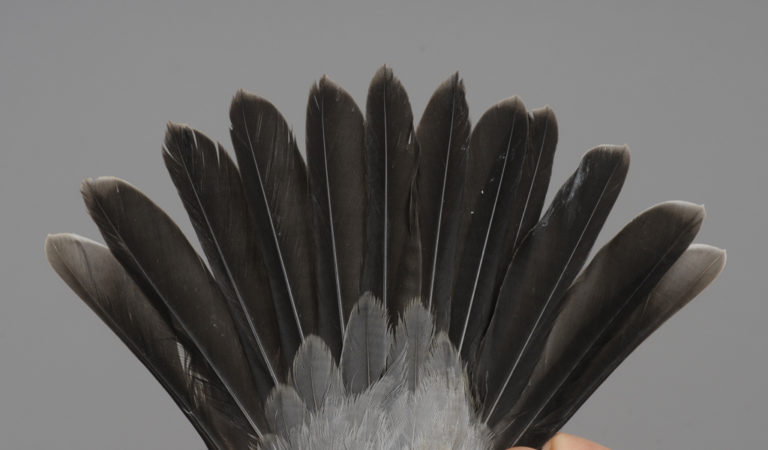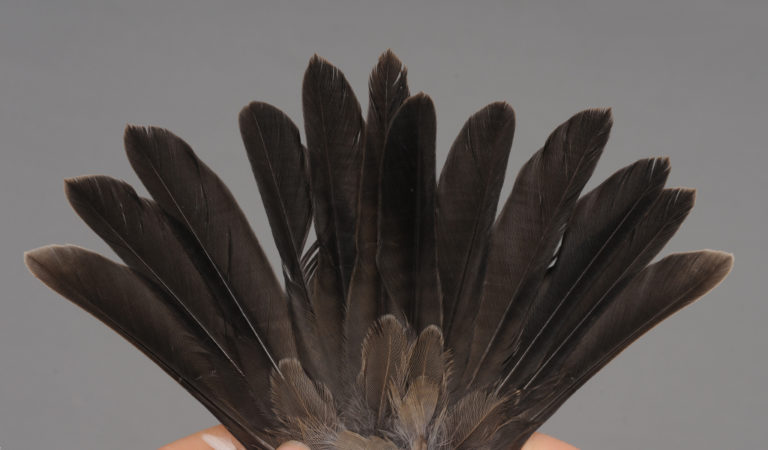

Fieldfare
AGE – BEST CRITERIA:

1cy November (male). Juvenile RR are generally slightly more narrow and more pointed than in adult, but there is a variation in shape and difficult birds are sometimes seen. The structure is often helpful: less dense, less glossy and somewhat paler brownish than post-juvenile (or post-breeding) feathers. [4632761]

1cy June. Most birds include no RR in the moult, but a few may show a single RR (often R1). This bird shows a dominantly juvenile tail but with left R3 and right R1-2 post-juvenile (and growing). This is rather exceptional and is likey caused by accidental loss of feathers rather than true moult. Note also the still juvenile uppertail-c. [4611701]
Ringers’ DigiGuide is sponsored by: